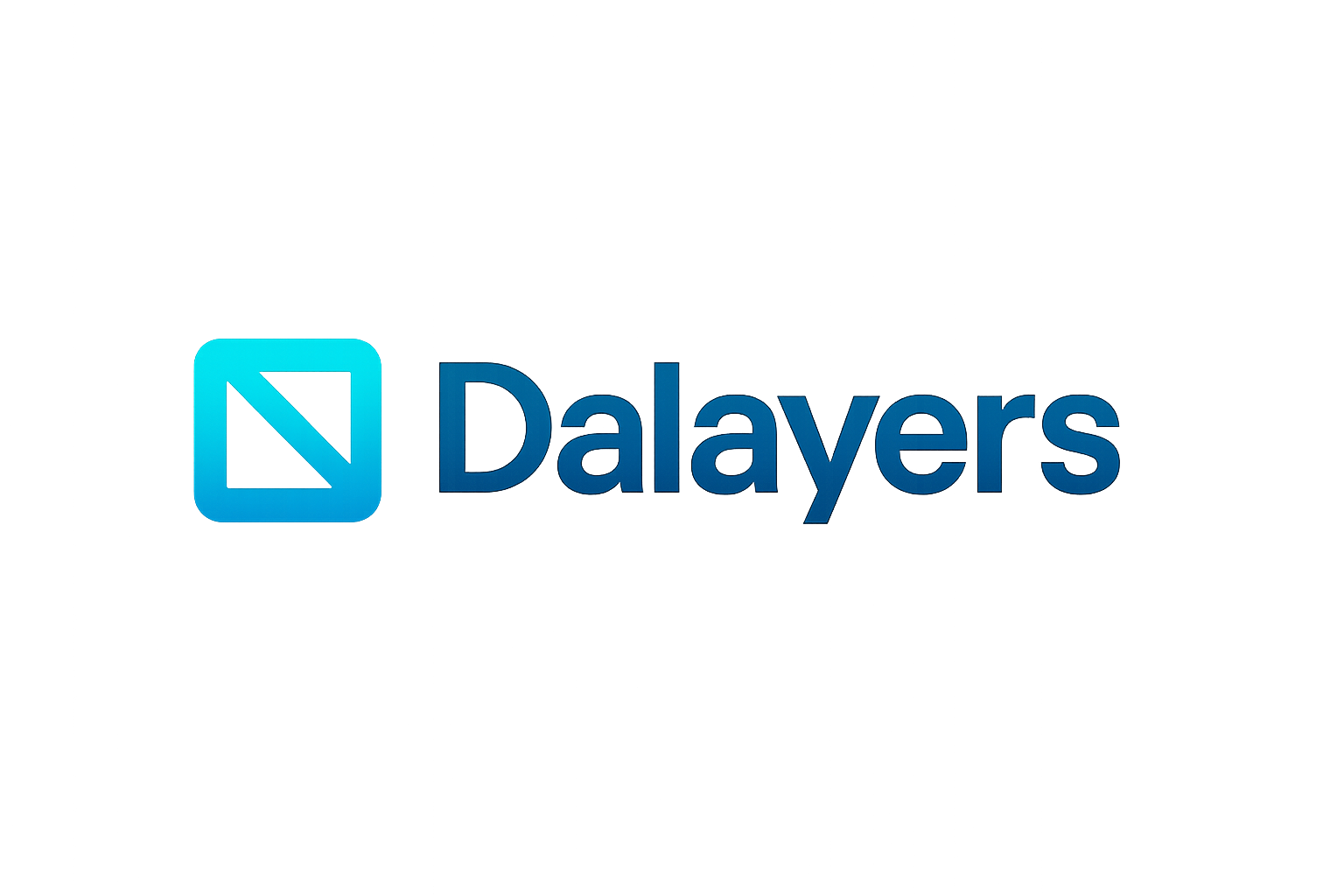
For years, blockchain bridges have acted as the connective tissue of decentralized finance (DeFi), but they’ve also proven to be its most glaring vulnerability. Billions of dollars have been lost to bridge hacks, undermining user confidence and stalling the dream of seamless cross-chain finance. The solution? A new paradigm built on modular data availability (DA) layers, which enable native, secure cross-chain DeFi without the need for traditional bridges.

Why Bridges Fail, and Why Modular DA Layers Matter
Traditional blockchain bridges work by locking assets on one chain and minting synthetic versions on another. This process is complex and fraught with risk, as it relies on trusted intermediaries or fragile smart contracts that are frequent targets for exploits. According to Altius Labs, bridge hacks have collectively siphoned billions from the DeFi ecosystem.
Modular DA layers sidestep these vulnerabilities by providing a shared, decentralized infrastructure where multiple blockchains can publish and access transaction data. Instead of relying on synthetic assets or custodial operators, chains can reference a common source of truth for transaction verification. This approach dramatically reduces attack surfaces and enables direct asset transfers between blockchains, no wrapped tokens required.
The Architecture: How Modular Data Availability Enables Secure Interoperability
In a modular blockchain architecture, execution, consensus, and data availability are separated into specialized layers. The data availability layer’s job is to ensure all transaction data is published and accessible to anyone who needs it, validators, light clients, or even external chains. Projects like Celestia and Avail lead this movement by leveraging advanced techniques like data sharding and sampling.
This separation is key for interoperability. When multiple chains rely on the same DA layer, they can independently verify each other’s state changes in real time without trusted third parties or risky lock-and-mint mechanisms. For example, Avail lets different blockchains offload their data ordering and storage functions to a scalable layer that all participants trust equally.
Key Benefits of Modular DA Layers Over Traditional Bridges
-

Significantly Enhanced Security: Modular DA layers eliminate the need for centralized bridge operators and synthetic assets, reducing common attack vectors that have led to multi-billion dollar bridge hacks. All chains access a shared, verifiable data layer, minimizing trust assumptions and improving overall protocol safety.
-

True Cross-Chain Interoperability: By providing a unified data layer, platforms like Celestia and Avail enable seamless communication between blockchains without intermediaries. This native interoperability allows protocols to interact directly, bypassing the limitations and risks of traditional bridges.
-

Superior Scalability and Performance: Offloading data availability to specialized layers enables blockchains to focus on execution and consensus, resulting in higher throughput and less congestion. Solutions such as Avail and Celestia use data sharding and sampling to efficiently manage large volumes of cross-chain data.
-

Simplified User Experience: Modular DA layers allow users to interact with multiple blockchains natively, eliminating the need to manage multiple wallets or navigate complex bridging interfaces. This unified approach streamlines DeFi participation and reduces friction for end-users.
-

Reduced Operational Complexity for Developers: Developers can build cross-chain applications without handling the intricacies of bridge security, asset wrapping, or custom relayers. Modular DA layers provide standardized infrastructure, accelerating innovation and deployment across ecosystems.
Bridgeless DeFi: Real-World Implementations and User Experience
The promise of cross-chain DeFi without bridges is no longer theoretical, it’s being realized in live protocols today. Instead of manually bridging assets or juggling multiple wallets, users interact with native assets across chains through unified interfaces powered by modular DA infrastructure. Notable examples include Celestia’s light node sampling (which allows efficient verification with minimal resources) and Avail’s horizontally scalable network designed specifically for cross-chain validation.
This architectural shift unlocks several advantages:
- Security: Eliminates single points of failure inherent in custodial bridges.
- User Experience: Abstracts away complexity so users don’t need to understand underlying chain mechanics.
- Scalability: Specialized DA layers handle heavy data loads so execution environments remain agile.
The result is a more robust ecosystem where DeFi platforms can truly scale across networks, without putting user funds at unnecessary risk.
As the modular data availability movement gains momentum, new interoperability frameworks are emerging that further dissolve the boundaries between blockchains. Projects like Lagrange and CrossLink demonstrate how decentralized frameworks can enable secure cross-chain smart contract execution, all without the baggage of centralized bridge operators. By leveraging shared DA layers, these protocols allow for seamless validation and settlement across modular chains, making it possible for DeFi applications to become truly chain-agnostic.
The implications for users and builders are profound. Instead of navigating complex bridge interfaces or worrying about wrapped tokens, developers can build dApps that natively interact with assets and state on any participating chain. This fosters innovation in areas like cross-chain lending, decentralized exchanges, and even NFT marketplaces, each able to tap into liquidity wherever it resides, without introducing new vectors for exploits.
Ecosystem Growth: Modular DA Layers as the Foundation for Scalable DeFi
Horizontal scalability is another key advantage. As more chains plug into a robust DA layer like Avail or Celestia, network effects amplify: each additional chain increases the utility and security of the shared data layer. This creates a positive feedback loop where liquidity can flow freely between ecosystems, and new chains can launch without having to bootstrap their own data infrastructure from scratch.
Top Protocols Using Modular DA for Cross-Chain DeFi
-

Celestia – As the first modular data availability network, Celestia enables blockchains to offload their data availability, allowing multiple chains to share a secure, decentralized data layer. This architecture supports seamless cross-chain DeFi interactions without traditional bridges, reducing attack surfaces and improving scalability.
-

Avail – Developed by Polygon, Avail is a general-purpose, horizontally scalable data availability layer. It empowers DeFi protocols to achieve secure cross-chain operations by providing a unified data layer for transaction validation and interoperability, eliminating the need for centralized bridges.
-

Lagrange Protocol – Lagrange introduces a novel interoperability solution for modular blockchains. By leveraging modular DA layers, it enables protocols to bypass the limitations of traditional bridges and unlock secure, native cross-chain DeFi functionality.
-

Across Protocol – Across Protocol utilizes a modular system to power cross-chain intents, combining a request-for-quote mechanism with a network of competitive relayers. Its architecture leverages modular DA layers to facilitate secure and efficient cross-chain DeFi transactions without relying on conventional bridges.
-

Biconomy Network – The Biconomy Network is a permissionless, peer-to-peer protocol designed for seamless cross-chain interoperability at the application layer. By integrating with modular DA solutions, Biconomy enables DeFi platforms to offer native, bridgeless cross-chain experiences.
These advances are not just technical milestones, they represent a philosophical shift toward open composability in decentralized finance. The removal of bridges as a systemic risk means that institutional capital and retail users alike can participate with greater confidence. According to Altius Labs, this approach directly addresses the multi-billion dollar vulnerabilities exposed by bridge hacks over recent years.
Looking ahead, expect to see continued convergence around standardized DA protocols and further abstraction at the application layer. Initiatives such as Avail are already unifying disparate blockchain networks under a common data umbrella, enabling frictionless asset transfer and composable financial products that simply weren’t possible in the bridged era.
For developers considering their next move in DeFi or blockchain infrastructure, embracing modular data availability is no longer optional, it’s essential. The future belongs to platforms that prioritize security, scalability, and seamless user experience by decoupling execution from data availability. As this architecture matures, expect cross-chain DeFi to finally fulfill its promise: permissionless finance unconstrained by arbitrary network boundaries.






